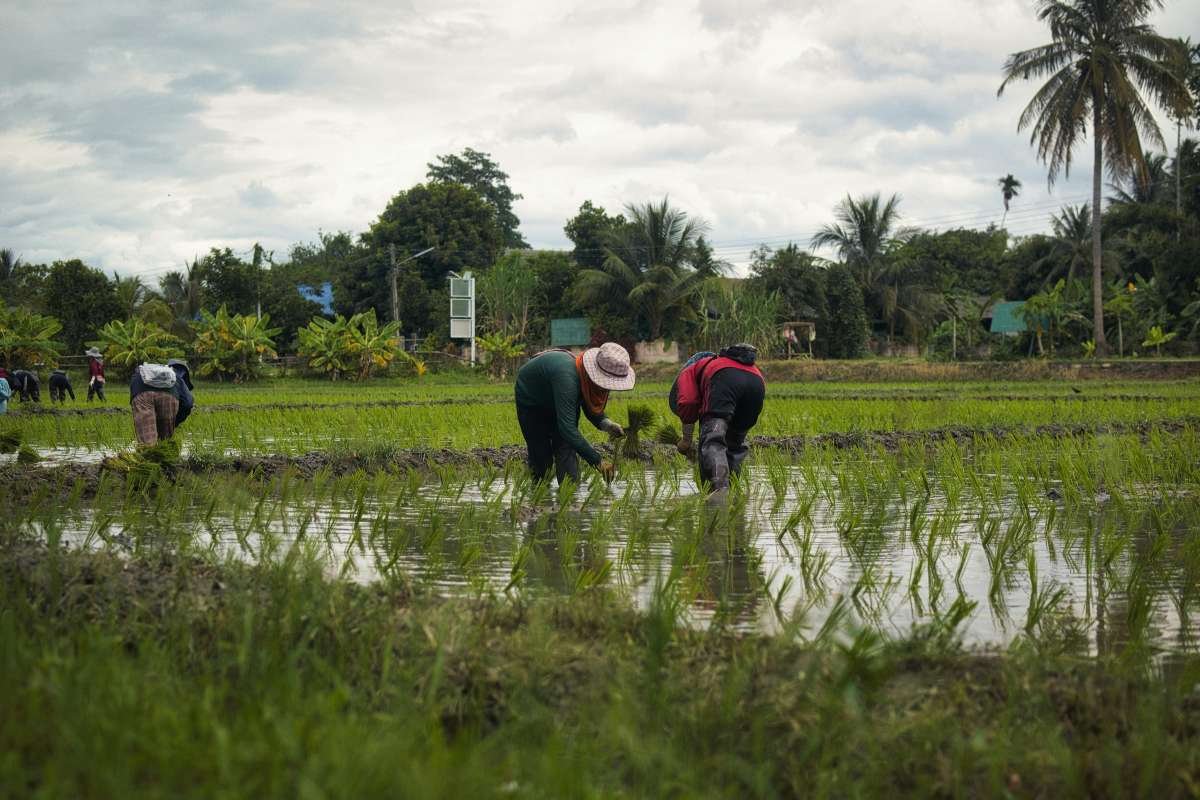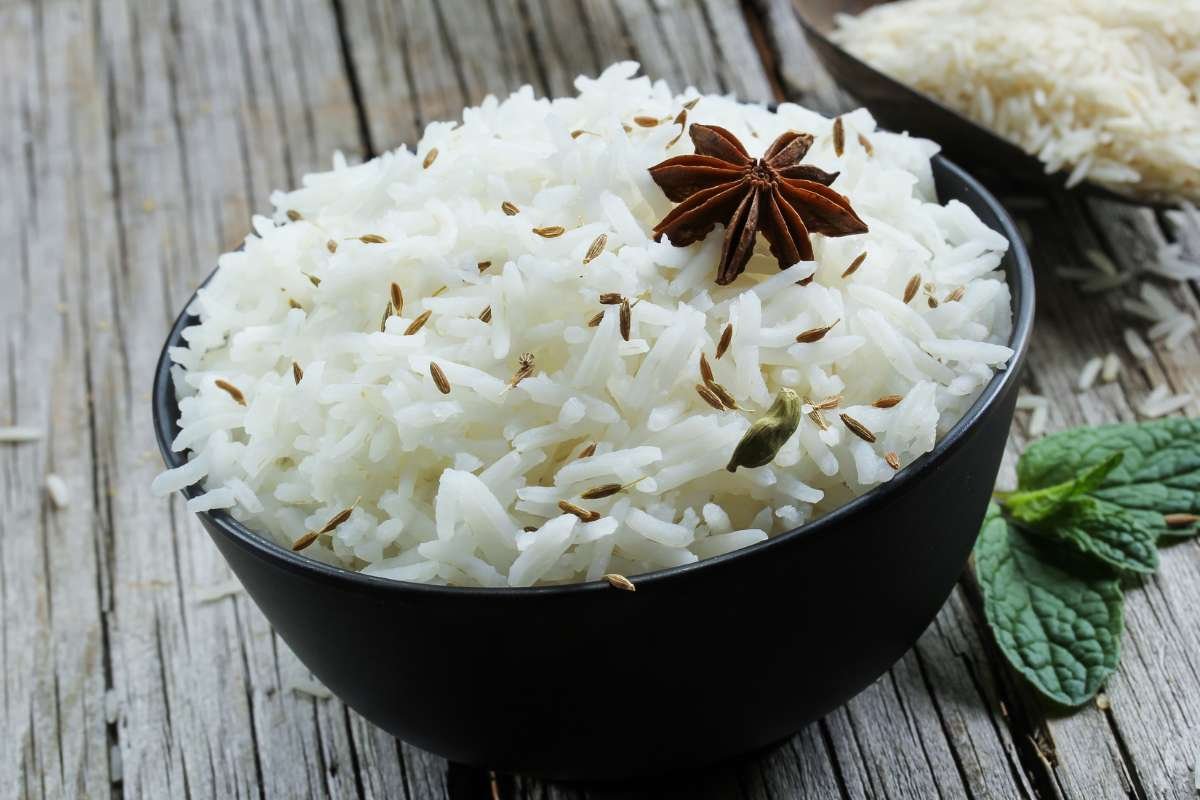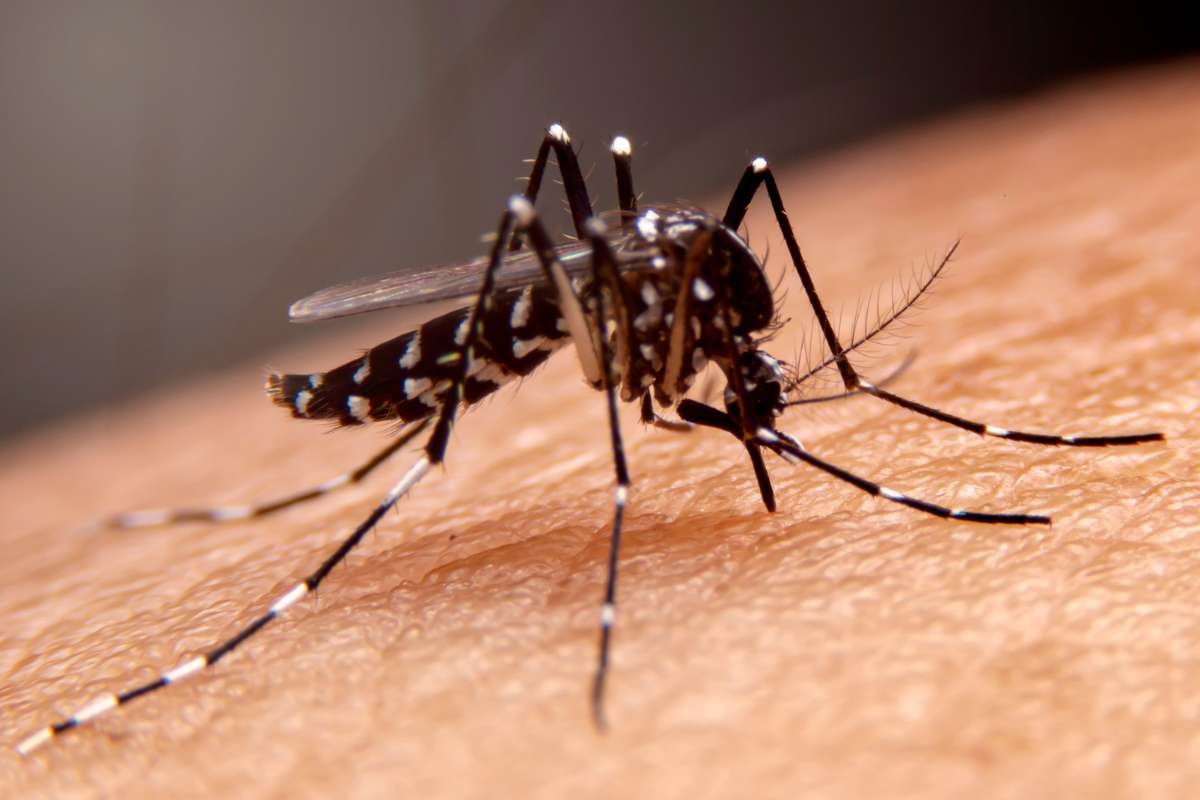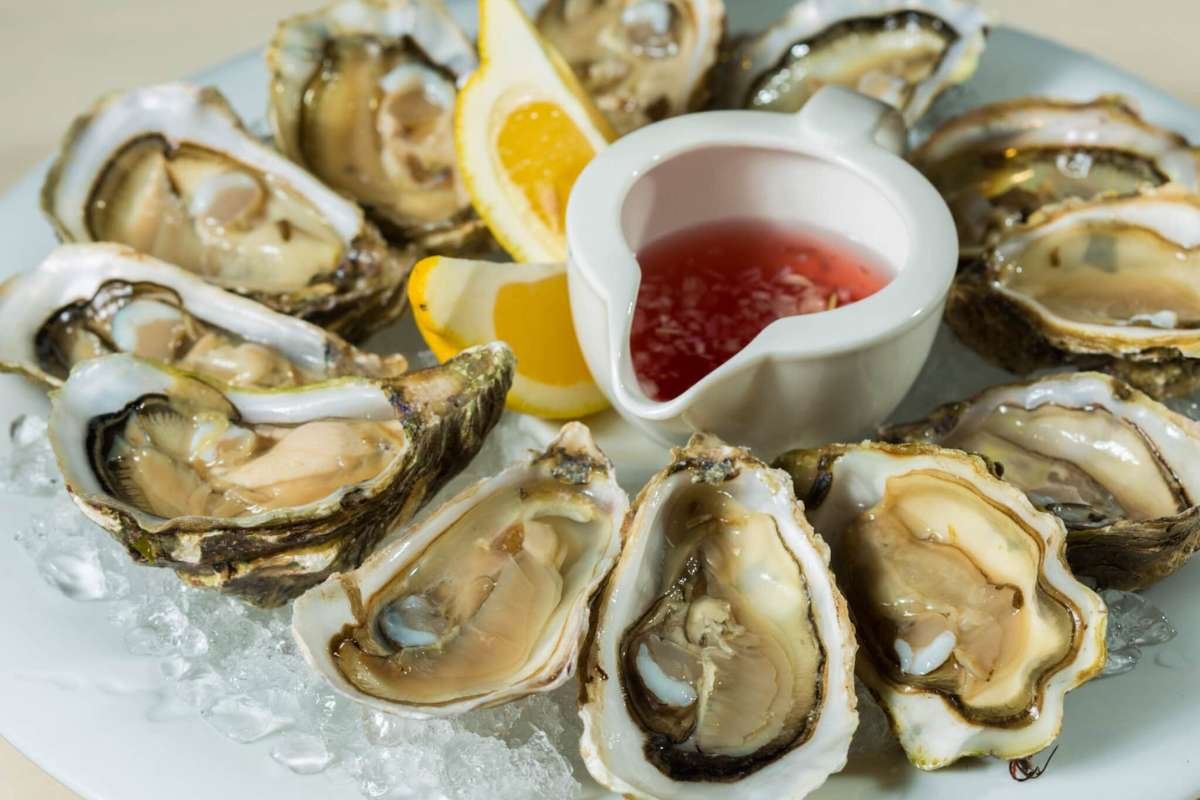Rice is a dietary staple for over half of the world’s population. From warming bowls of risotto to everyday steamed rice, it’s a common ingredient. However, beneath its humble outer shell lies increasing concern, arsenic in rice. In the past decade, several studies have raised red flags regarding the presence of this toxic chemical element in rice and potential health consequences. But what exactly is arsenic, how does it get into rice, and what can you do to lessen your exposure? Let’s unpack it scientifically yet simply.
What Is Arsenic and Why Does It Matter
Arsenic is a naturally occurring element found in the Earth’s crust. It exists in two main forms: organic and inorganic. While organic arsenic (found in seafood) is considered relatively less harmful, inorganic arsenic-the type commonly found in contaminated water, soil, and food-is toxic and carcinogenic.
Long-term exposure to inorganic arsenic can lead to severe health problems, including:
- Cancer: Especially of the skin, bladder, and lungs.
- Cardiovascular disease and high blood pressure.
- Developmental issues in children and infants.
- Liver and kidney damage.
This is why the growing awareness of arsenic in rice has sparked global concern among health experts and consumers alike.
How Does Arsenic Get into Rice?

Rice plants are particularly efficient at absorbing arsenic from the environment-more so than other cereal crops. This happens mainly because rice is grown in flooded paddy fields, where waterlogged conditions allow arsenic in the soil and irrigation water to dissolve more easily. Once absorbed, arsenic accumulates in the grains, especially in the outer layers that remain in brown rice.
Factors influencing arsenic levels in rice include:
- Geography: Regions with naturally high arsenic content in groundwater (such as parts of India, Bangladesh, China, and the U.S.) tend to produce rice with higher arsenic levels.
- Farming methods: Use of contaminated water or certain pesticides can increase arsenic uptake.
- Rice type: Brown rice generally contains more arsenic than white rice, as polishing removes some of the outer layers where arsenic concentrates.
Health Risks Linked to Arsenic in Rice
Even though rice remains a vital food source, prolonged exposure to arsenic through frequent consumption can pose health threats. Infants, children, and pregnant women are particularly vulnerable.
According to the World Health Organization (WHO) and U.S. Food and Drug Administration (FDA), there is no safe level of inorganic arsenic exposure. While occasional rice consumption is unlikely to cause harm, chronic exposure may increase the risk of:
- Skin lesions and pigmentation changes
- Nerve damage and cognitive impairment
- Increased cancer risk, particularly for those consuming rice-based products daily
Baby foods made with rice flour or rice syrup also raise concerns, as children’s bodies absorb toxins more easily.
Also Read:
- Is Basmati Rice Healthy? Food or Just a Flavorful Staple
- Is Rice Gluten-Free? The Truth You Should Know Before Your Next Meal
- Is Basmati Rice Gluten-Free? The Truth About Safety, Health Benefits & Hidden Risks
Which Rice Varieties Contain the Most (and Least) Arsenic?
Not all rice varieties contain the same level of arsenic. Research shows significant variation depending on region and grain type.
- Higher arsenic levels: Brown rice, rice grown in South Asia, and U.S. rice from Arkansas, Louisiana, and Texas.
- Lower arsenic levels: Basmati rice from India and Pakistan, jasmine rice from Thailand, and sushi rice from Japan.
Tip: When choosing rice, opt for imported basmati or jasmine rice, which tend to have lower arsenic concentrations.
How to Reduce Exposure to Arsenic in Rice
You don’t need to eliminate rice from your diet. Instead, you can follow these simple and effective methods to lower your intake:
1. Rinse Thoroughly
Wash rice several times before cooking until the water runs clear. This removes some surface arsenic and excess starch.
2. Use the Right Cooking Method

Cook rice in a 6:1 water-to-rice ratio and drain the excess water after cooking. Studies show this method can reduce arsenic content by up to 60%.
3. Diversify Your Grains
Rotate rice with other grains like quinoa, barley, millet, or bulgur to reduce overall arsenic exposure while adding variety to your meals.
4. Choose White Rice Occasionally
While brown rice is richer in nutrients, white rice contains less arsenic due to the removal of its outer layers. Balancing both types is a good approach.
5. Buy from Trusted Sources
Check the packaging for information on the rice’s origin. Brands that test for arsenic in rice and publish results publicly are more reliable.
What Are Regulators Doing About It?
Several global health agencies have established or proposed maximum allowable limits for arsenic in rice and rice-based products.
- The World Health Organization (WHO) recommends a maximum level of 0.2 mg/kg for polished rice.
- The U.S. FDA has set similar action levels, especially targeting baby food manufacturers.
- Countries like Japan, the European Union, and India have also implemented their own monitoring programs to regulate arsenic levels in rice imports and domestic production.
These regulations aim to protect consumers and encourage agricultural practices that minimize arsenic contamination.
Should You Stop Eating Rice?
.jpg)
Absolutely not. Rice remains an important source of carbohydrates, vitamins, and minerals, especially in Asian diets. The key lies in moderation and smart preparation. By choosing rice varieties with lower arsenic content and using safer cooking methods, you can enjoy your favorite dishes with minimal risk.
If you eat rice daily, consider alternating with other grains or rice alternatives like:
- Quinoa: High in protein and naturally low in arsenic.
- Amaranth: Rich in iron and amino acids.
- Buckwheat or barley: Great for soups, salads, and pilafs.
Also Read:
- Brown, Black, or Red? The Healthiest Types of Rice May Shock You
- Is Eating Raw Rice Safe? Here’s What You Need to Know
- Jasmine Rice vs White Rice: The Surprising Differences You Didn’t Know
Conclusion
The problem of arsenic in rice is real, but manageable. With increased awareness, good sourcing, and appropriate cooking techniques, you can minimize exposure. Both the government and food manufacturers are already taking steps to promote safer rice cultivation, but the most effective defense as a consumer is to remain well-informed.
Ultimately, the goal is to balance including rice in a varied diet, be aware of where it comes from, and enjoy eating in a safe and healthy manner using science-supported ways.

.jpg)





